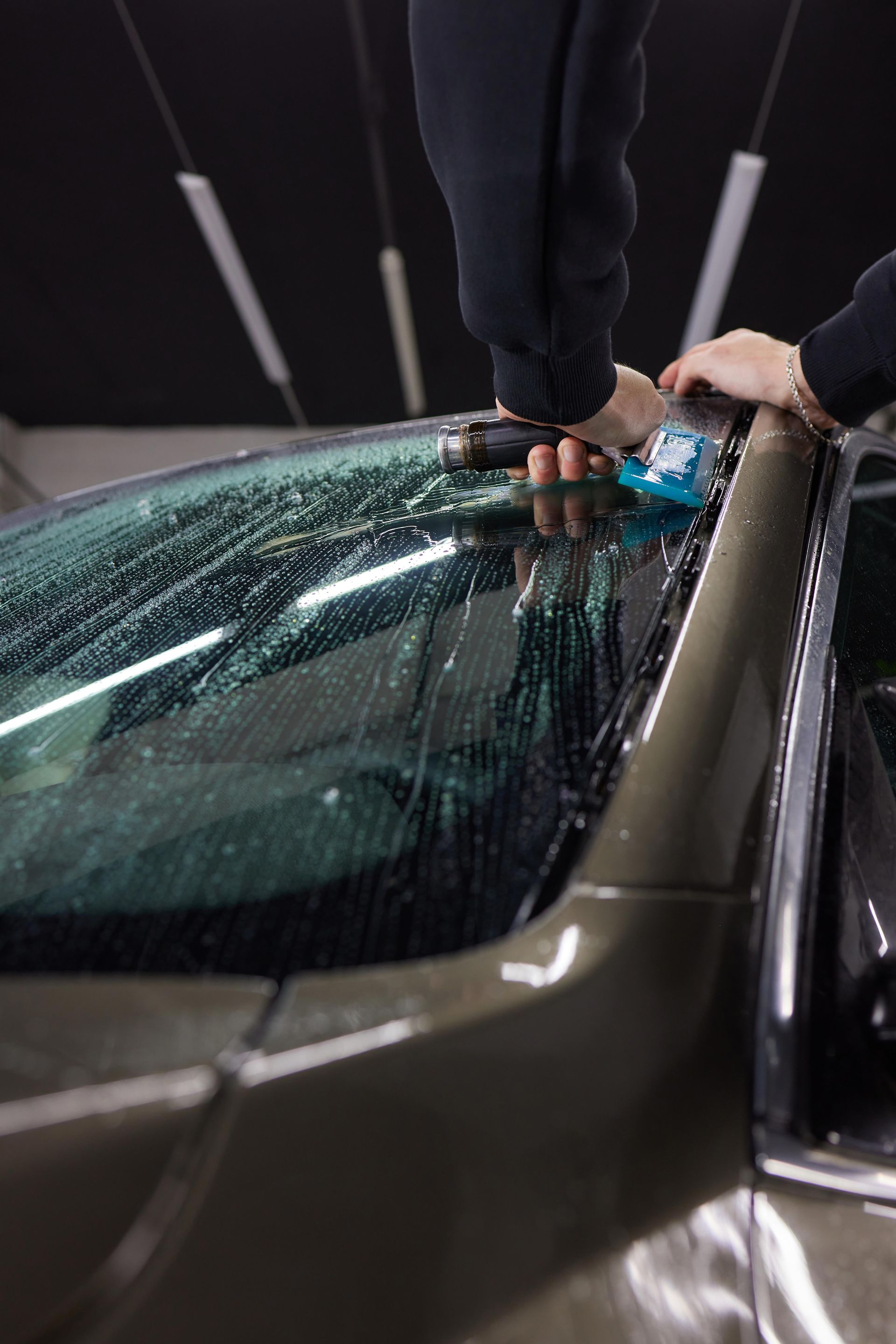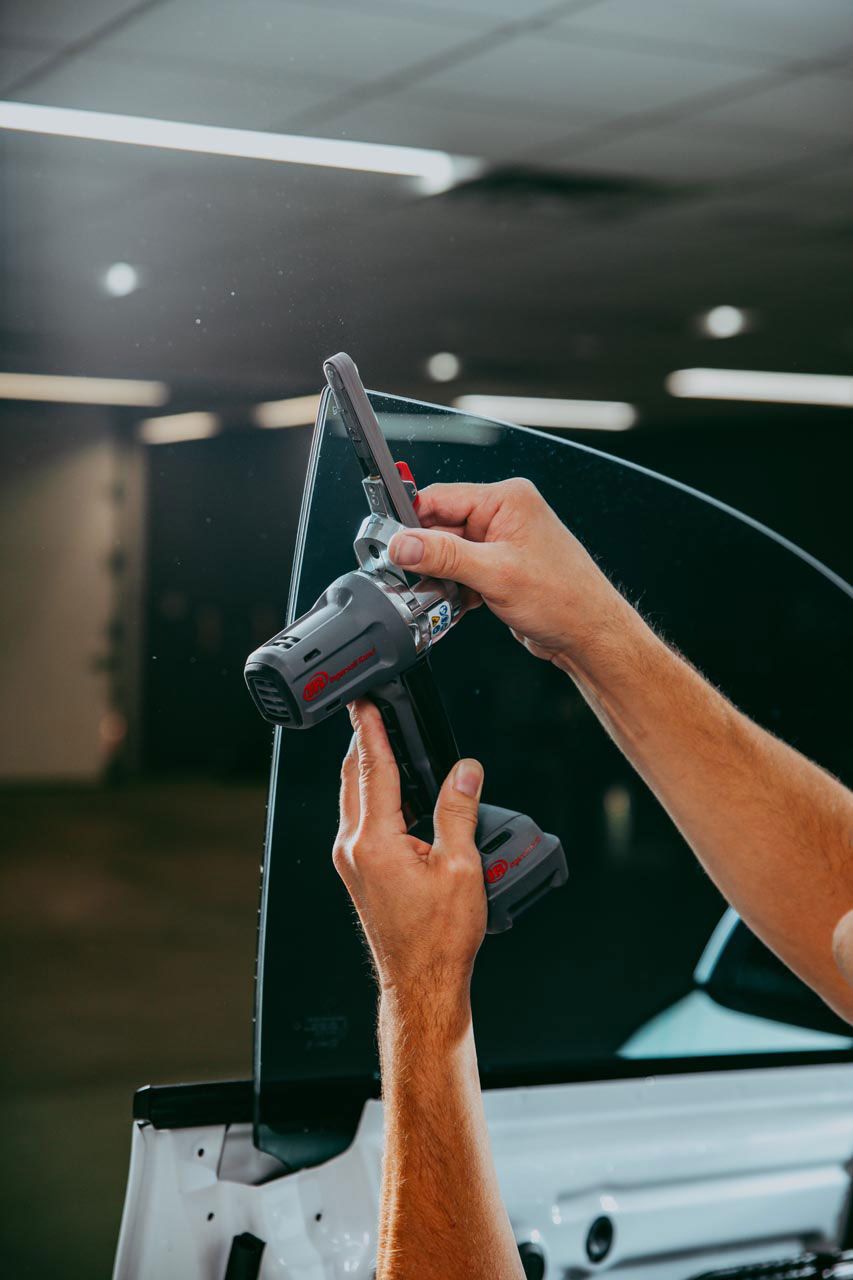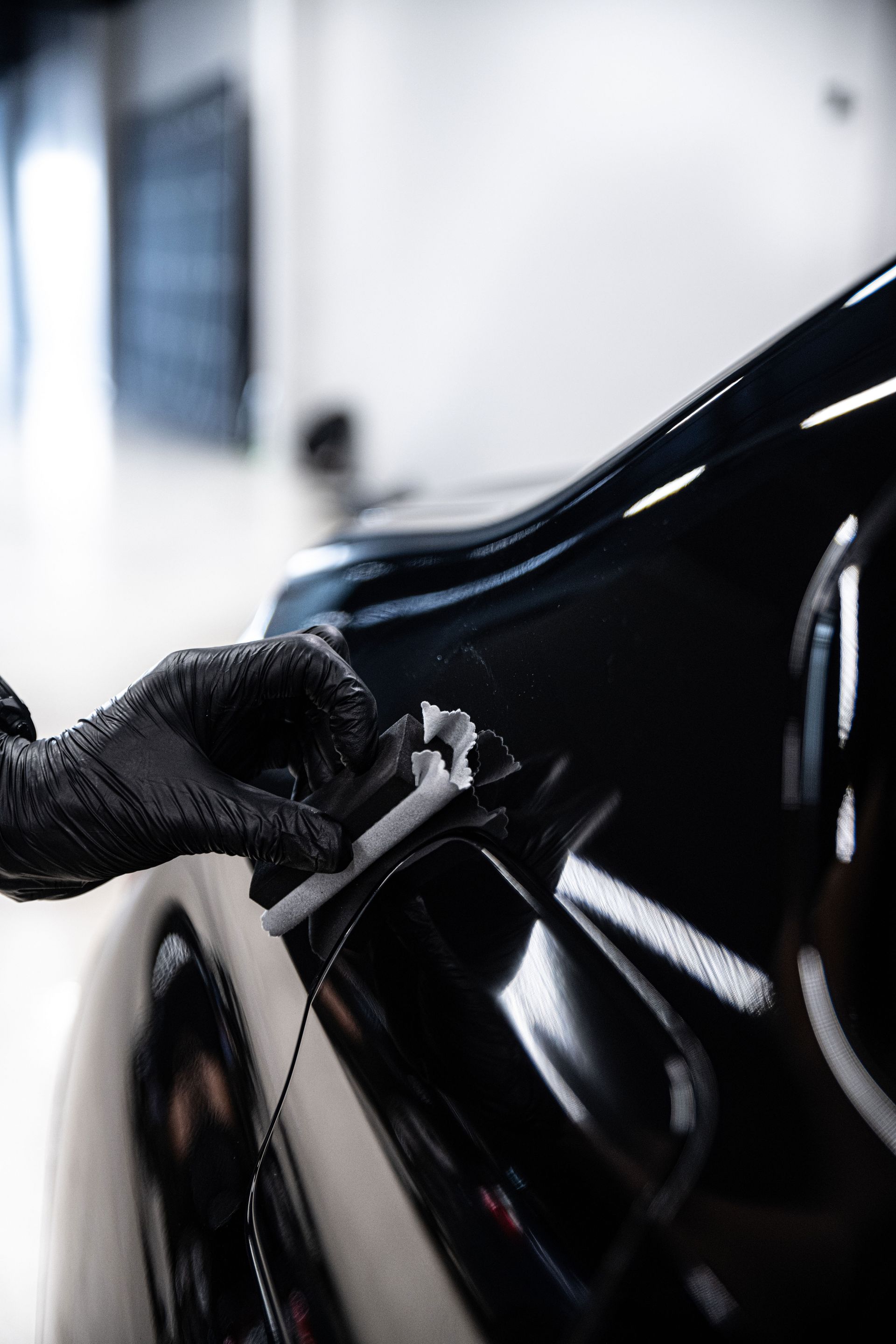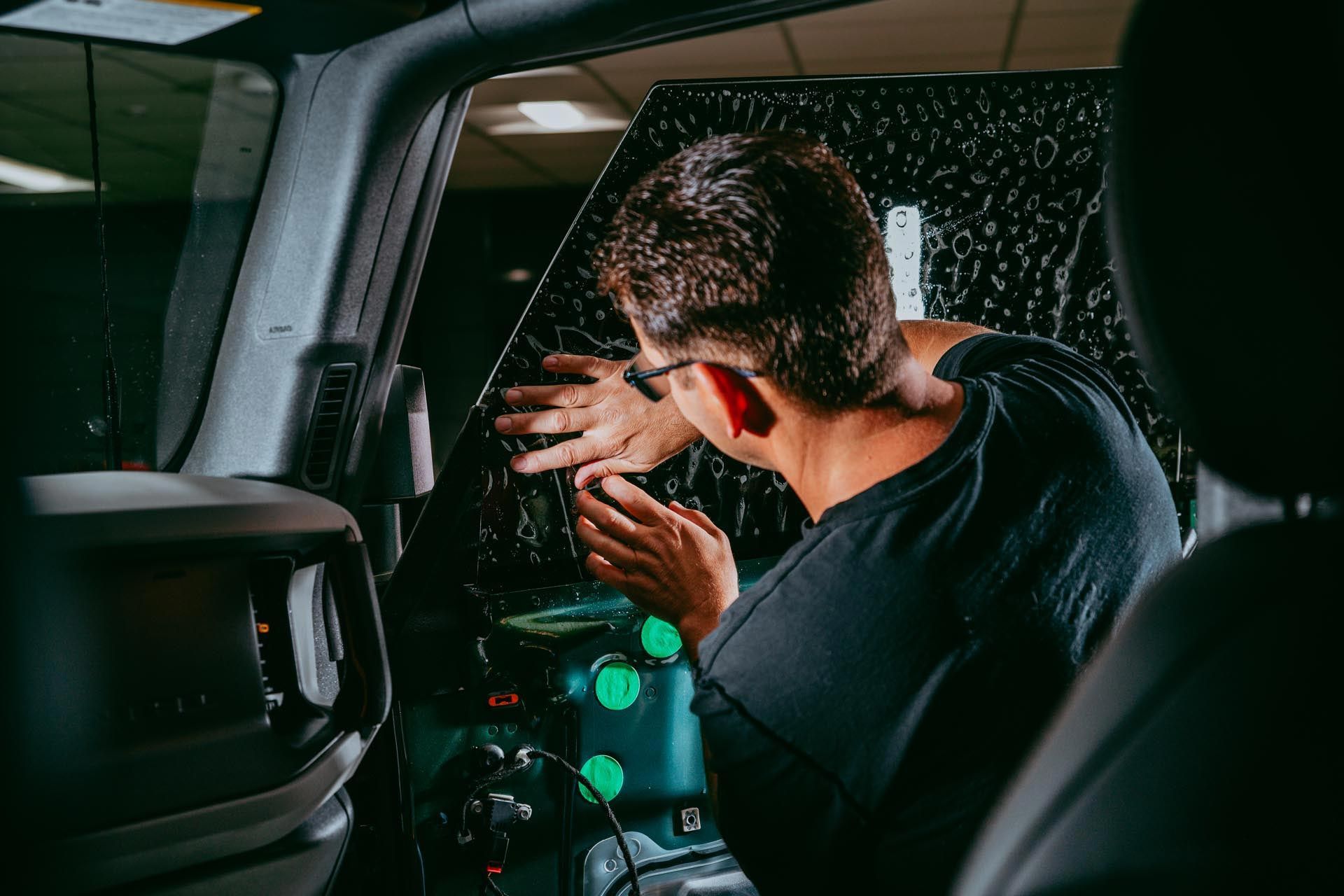How Long Does Car Window Tint Last? Understanding Lifespan and Maintenance
BOOK TODAYCALL (440) 749-9164
When it comes to car ownership, maintaining your vehicle isn't just about regular oil changes or keeping the tires in good shape. One often overlooked aspect that can elevate both the look and feel of your ride is window tinting. Not only does it add a sleek aesthetic, but it also provides vital protection from harmful UV rays and helps regulate temperature inside your car. However, many people wonder: How long does that stylish tint really last? This article dives into the lifespan of car window tint, discussing key factors that contribute to longevity as well as maintenance tips to keep your investment looking fresh for years to come. Understanding the factors that influence the longevity of car window tint can help you make better decisions and enjoy the benefits without worry.
Factors Influencing Tint Longevity
When it comes to car window tint, several factors can impact how long it lasts. Let’s break down the key elements that determine your window tint’s lifespan:
1. Quality of the Tint Material
One of the most important factors in determining how long your tint lasts is the quality of the material used. High-quality materials, such as ceramic or metalized films, are known for their exceptional durability, often lasting 10 years or more. On the other hand, standard dyed films tend to last between 3 to 5 years under typical conditions. Think of investing in higher-quality tint as buying better insurance for your vehicle—it boosts both protection and aesthetics while potentially saving you money in the long run by preventing the need for early replacement.
2. Environmental Conditions
The environment plays a huge role in the longevity of your window tint. Severe weather conditions, like extreme temperatures and prolonged sun exposure, can cause inferior-quality films to deteriorate faster. For example, high heat and UV exposure can lead to fading, bubbling, or cracking. However, protective films engineered for specific climates (like UV-blocking or heat-resistant tints) are designed to handle harsher environments, making them a great choice if you live in a region with intense weather patterns.

3. Professional Installation
Proper installation can make or break the lifespan of your tint. When trained professionals handle the installation, high-quality films can function at their best throughout their expected lifespan. However, improper installation can lead to issues like bubbles, wrinkles, or peeling edges, all of which significantly shorten the life of the film. It’s important to trust experts to ensure your tint stays intact for as long as possible.
4. Maintenance Practices
How you maintain your tinted windows plays a critical role in how long the tint will last. Gentle cleaning is key to preserving the film's quality. Avoid harsh, ammonia-based cleaners, as they can degrade the tint over time. Instead, opt for cleaning solutions designed specifically for tinted windows to maintain both their appearance and protective qualities. By following proper maintenance, you ensure your tint stays looking good and continues to protect your vehicle from UV rays and heat for years to come.
Signs That Your Car Window Tint Needs Replacement
Even with proper care, car window tint will eventually show signs of wear. The lifespan of the tint depends on the quality of the material, environmental conditions, and how well it’s maintained. Over time, all tints will degrade, but some signs can indicate that it’s time for a replacement. Here are a few key signs that your car’s window tint may need replacing:
1. Fading or Discoloration
One of the most common signs that your car window tint is nearing the end of its life is fading or discoloration. If you notice that your tinted windows are becoming lighter or taking on a different hue, it’s likely due to prolonged exposure to sunlight, UV rays, and heat. Over time, these elements break down the tint film, causing it to lose its color and effectiveness. This is especially common in cheaper, dyed tints, which can fade much faster than higher-end ceramic or metalized tints. Faded tint won’t provide the same level of protection from UV rays and heat, which is one of the primary reasons people get their windows tinted in the first place.
2. Bubbles or Peeling
Another clear sign that it’s time to replace your window tint is if you notice bubbles forming underneath the film or if the edges of the tint are beginning to peel. Bubbles can be caused by several factors, including poor installation or damage to the tint film. When the film is not applied correctly, air bubbles get trapped under the film, leading to an uneven appearance. Peeling usually happens over time as the adhesive used to apply the tint deteriorates, particularly when the windows are exposed to extreme temperatures or sunlight. This can be particularly frustrating, as it not only makes your tint look bad but also compromises its ability to protect your car’s interior.
3. Cracking
Window tint is designed to be flexible and durable, but over time, it can become brittle and start to crack. Cracking typically occurs due to exposure to extreme temperature changes, such as intense heat in the summer and freezing temperatures in the winter. These fluctuations can cause the tint material to expand and contract, leading to cracks or fractures in the film. If you notice any small lines or cracks appearing on your windows, it’s a strong indication that the tint’s protective qualities are compromised, and a replacement is needed.

How to Extend the Life of Your Car Window Tint
While you can’t change the weather or prevent wear and tear entirely, there are several things you can do to extend the life of your window tint and keep it looking good for years. Here are some tips to help you get the most out of your tint:
1. Keep Your Car in the Shade
One of the simplest and most effective ways to extend the life of your window tint is to keep your car out of direct sunlight whenever possible. Prolonged sun exposure accelerates the breakdown of the tint film, causing it to fade or crack. If you don’t have access to a garage or shaded parking area, consider using a sunshade or car cover to protect your windows from UV rays. Parking in the shade not only helps preserve the tint but also keeps the interior of your car cooler, saving you energy when you start your vehicle.
2. Avoid Harsh Chemicals
When cleaning tinted windows, it’s crucial to avoid harsh cleaning products, especially those that contain ammonia. Ammonia-based cleaners can weaken the tint’s adhesive, causing it to peel, bubble, or degrade faster. Instead, opt for ammonia-free cleaners that are specifically formulated for tinted windows. These cleaners are gentle on the tint film while still providing effective cleaning. Also, use a soft microfiber cloth to clean the windows, as abrasive materials can scratch the film and reduce its effectiveness.
3. Be Cautious When Rolling Down Windows After Installation
After getting your windows tinted, it’s important to be patient for the first few days. Most tint films require 3-5 days to fully cure, during which time the adhesive is still setting. Rolling down the windows too soon can cause the film to shift, wrinkle, or peel. To avoid this, resist rolling the windows down during this curing period. If you need to use the windows, be gentle and take extra care not to damage the tint. Once the film has fully cured, you can roll down your windows as normal without any issues.
4. Use Window Visors When Parked in Hot Areas
If you live in a particularly sunny or hot climate, using window visors or sunshades when parking can help protect your tint from direct sunlight. These accessories shield the windows from intense sun exposure, reducing the likelihood of the tint fading or cracking prematurely. They also help regulate the temperature inside your vehicle, preventing it from overheating and reducing the strain on your air conditioning system. Plus, they add an extra layer of protection to your window tint, keeping it looking fresh longer.
Extend the Life of Your Tint with Factory Auto Tint Experts
Understanding how long car window tint lasts is essential for protecting your investment and maintaining your vehicle’s appearance and comfort. Factors such as film quality, installation technique, and aftercare all contribute to tint longevity. While standard tints may last 3 to 5 years, premium films installed by professionals can often exceed a decade with proper care. Choosing high-quality materials and experienced installers is key to ensuring your tint performs well over time, resisting fading, bubbling, and peeling.
At Factory Auto Tint, we use top-tier window films and expert installation techniques to deliver lasting results that stand up to Ohio’s changing weather. Whether you’re looking for UV protection, heat rejection, or added privacy, our team ensures your tint looks great and lasts long.
Ready to upgrade or replace your car’s tint?
Call Factory Auto Tint today at (440) 749-9164 to schedule your professional installation and keep your vehicle protected for years to come.









